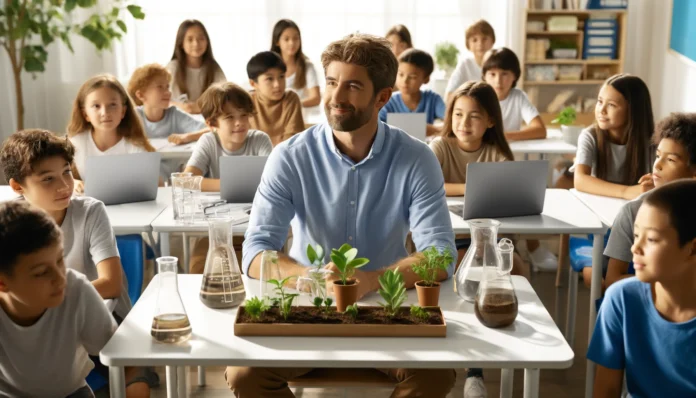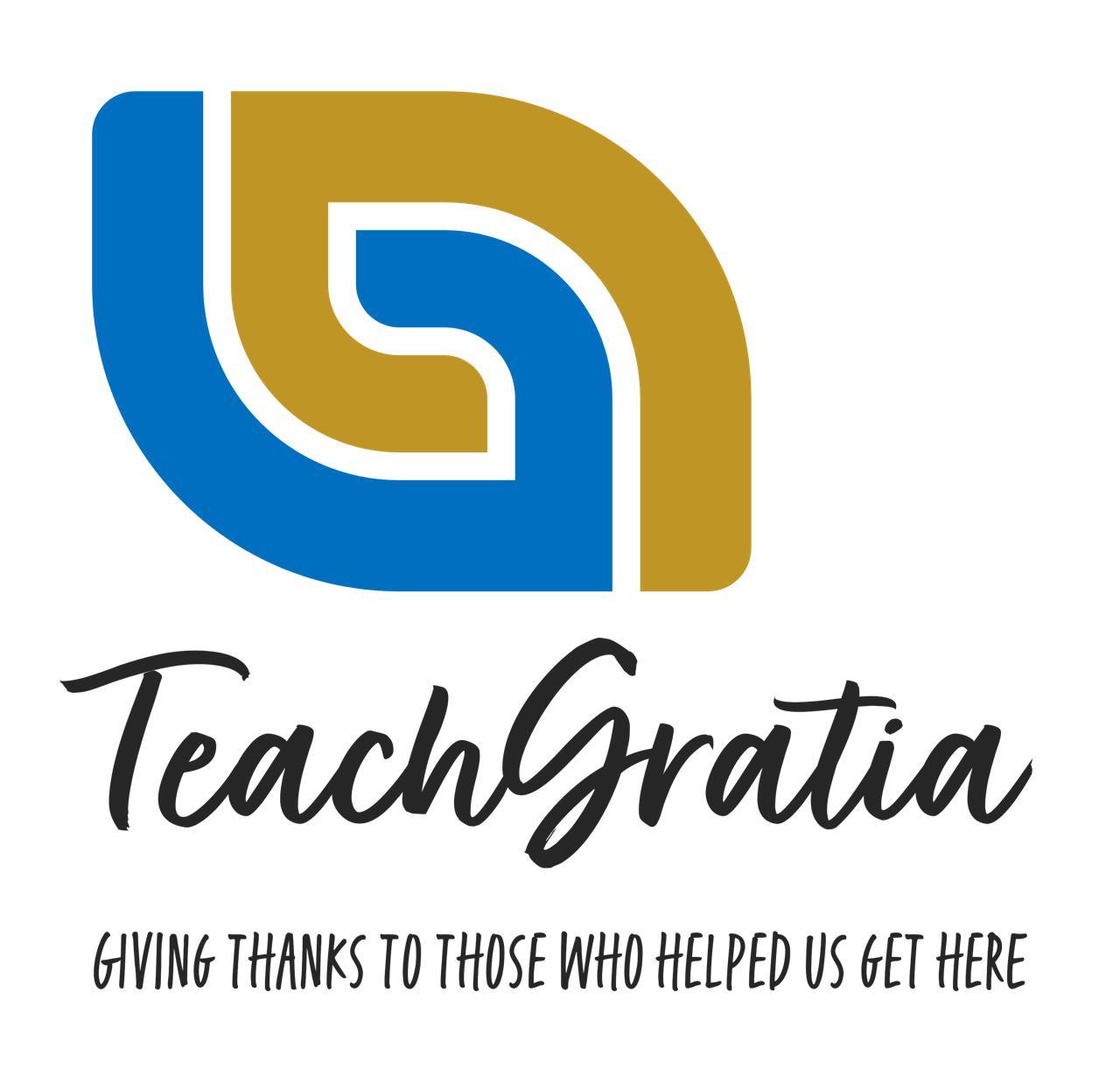In the demanding world of education, where teachers juggle academic content, student wellbeing, and administrative tasks, one transformative element can often be overlooked: gratitude. Integrating gratitude into classroom practices doesn’t just enhance teaching methods; it can fundamentally alter the educational experience for both students and educators.
Gratitude: A Cornerstone of Emotional and Social Development
Gratitude goes beyond polite gestures. It acts as a catalyst for positive emotional and social development. Research consistently supports the numerous benefits of gratitude, which include boosting mental health (Emmons & McCullough, 2003), enhancing relationships (Algoe, Haidt, & Gable, 2008), and fostering a supportive community (Bartlett & DeSteno, 2006). These studies highlight how gratitude not only improves individual well-being but also strengthens interpersonal connections and community cohesion. This is particularly impactful in educational settings, where the emotional and social skills of young students are nurtured alongside academic knowledge.
Incorporating gratitude into daily classroom activities can significantly benefit students, helping them recognise and appreciate contributions from both their peers and teachers. This acknowledgement fosters a positive learning environment, where students feel valued and part of a cohesive community.
Why Gratitude Matters in Education
For those teaching the English National Curriculum, the integration of gratitude into the curriculum supports key aspects, particularly within PSHME, where the development of personal skills and emotional resilience is crucial. By acknowledging the positive actions of others, students develop a greater sense of empathy and social awareness, which are vital for their overall growth.
Furthermore, gratitude plays a pivotal role in enhancing metacognitive skills and fostering a growth mindset among students. Metacognition, the awareness and understanding of one’s own thought processes, is crucial in learning because it enables students to monitor, regulate, and plan their learning strategies effectively. When students practice gratitude, they are more likely to reflect on their experiences and learning processes, recognising and appreciating the effort and support that contribute to their successes. This reflective practice enhances their metacognitive abilities by making them more aware of their learning strategies and the outcomes they produce.
Gratitude also cultivates a growth mindset, a belief that abilities and intelligence can be developed through effort, good teaching, and persistence. This mindset contrasts with a fixed mindset, where individuals believe their abilities are static and unchangeable. By encouraging students to view challenges as opportunities and failures as moments of learning, gratitude shifts their perspective from a focus on inherent ‘talent’ to a focus on growth through perseverance and effort. For example, when students are grateful for the learning process itself (including the struggles and the failures), they are more likely to embrace challenges as steps toward mastery rather than signs of incompetence.
This shift has profound implications for classroom culture. A classroom that values gratitude and a growth mindset promotes an environment of persistence and enthusiasm for learning. In such classrooms, students are more likely to persist through difficulties, motivated by an understanding that challenges are opportunities to extend their abilities and that their efforts will be recognised and valued, not just their successes. This environment not only supports academic achievement but also builds students’ resilience and adaptability, skills that are crucial for their future success both in and outside of school.
Studies have shown that when educators model gratitude—for instance, by expressing appreciation for students’ efforts regardless of the outcome—students are more likely to internalise these values and replicate them. This modelling helps to build a classroom atmosphere where challenges are welcomed, and failures are seen as natural parts of the learning journey, contributing to a more dynamic and supportive learning environment.
The Impact of a Gratitude-Centric Approach
Schools that have embraced gratitude notice a shift not only in student behaviour but also in the general classroom atmosphere. Teachers report greater job satisfaction and a noticeable decrease in stress levels. Students, in turn, display increased cooperation, better conflict resolution skills, and an overall happier school experience.
As we continue to seek out methods to improve educational outcomes, embedding gratitude into daily teaching practices offers a powerful tool for creating more harmonious and productive learning environments. For those interested in deeper exploration, structured professional development programs on gratitude can provide additional strategies and insights.
Let’s commit to fostering an educational environment where gratitude is celebrated daily, shaping not only how students learn but also how they interact with the world around them.
A Practical idea for your classroom: The Gratitude Wall
One simple yet effective way to start incorporating gratitude into your classroom is by creating a ‘Gratitude Wall’. Here’s how:
1. Set Up a Dedicated Space: Designate a wall or bulletin board as the Gratitude Wall. Make it colorful and accessible, with markers, sticky notes, or chalk nearby.
2. Encourage Daily Posts: Each day, encourage students to write down one thing they are grateful for about their school day. It could be learning something new, help from a friend, or a teacher’s guidance. Allow students to post anonymously if they prefer.
3. Share and Reflect: Regularly allocate a few minutes to share what’s been posted on the Gratitude Wall. This practice not only promotes a culture of appreciation but also allows students to reflect on the positive aspects of their day, reinforcing their sense of gratitude.
Please share this post with other teachers you think may benefit from it, as well as with leaders in your school who might want to incorporate a program of gratitude within your school.


